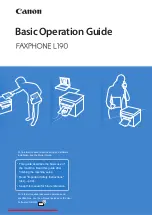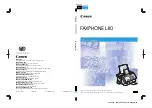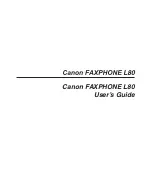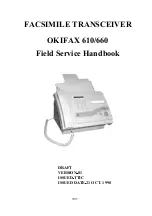
47
CONTENTS
BEFORE USE
SEWING
UTILITY STITCHES
MAINTENANCE
SEWING CHAR
T
P
A
TTERNS
(PR
OGRAMMED IN
MA
CHINE)
EYELET STITCH
For sewing eyelets on belts, etc.
Size of eyelet (actual size)
20
1
2
3
A
B
C
A– Large: 7.0 mm (9/32")
B– Medium: 6.0 mm (1/4")
C– Small: 5.0 mm (13/64")
4. Use the eyelet punch to make a hole in the center of the stitch-
ing.
1. Press the stitch width manual change key to turn on the LED
lamp.
2. Use the stitch width adjustment lever to select the eyelet size.
1
Large
2
Medium
3
Small
*
When the stitch width is at the default setting (the stitch width
manual change key’s LED lamp is blinking) the large eyelet
will be sewn.
*
Stitch length can not be adjusted.
3. Attach monogramming foot “N”, then turn the balance wheel
to check the needle drop position. Lower the presser foot le-
ver and start sewing. When sewing is finished, the machine
sews reinforcement stitches and stops automatically.
1
Needle drop position
N
















































